BETA’S 300CC 2T ENGINE: WHY IT’S SUCH A GEM
Why are all the manufacturers’ 300cc two-stroke engines simply bigger-bore versions of their 250 siblings? Are we to assume there’s some mechanical magic in the 72mm x 72mm bore and stroke numbers they all use? That’s a good question, and it’s one that Italian manufacturer, Beta, set about challenging back in 2022 when they first released their all-new, short-stroke, over-square 300cc two-stroke engine.
Unlike all the other brands – whose 300cc two-stroke powerplants are bigger-bore variations of their 250s – Beta’s design team created a 300cc two-stroke engine with its own dedicated bore and stroke configuration (73.0mm x 69.9mm). Yes, a 300cc powerplant that actually uses a shorter stroke than its 250cc sibling (69.9mm versus the RR250’s 72.0mm)! So, if you want evidence of how committed Beta is when it comes to evolving the performance of their machines, look no further than this 300cc engine!

But what’s the benefit of a dedicated bore and stroke? Which Beta models use this new-generation short-stroke 300cc engine? What else has been upgraded on Beta’s new 300cc powerplant? And how does its performance differ from the more ‘conventional’ 72mm x 72mm 300cc engine still used by Beta’s RX300 motocross model? Having had a 2024-model RR300 as a long-term project bike for several months now, we can address those questions. So, one at a time…

What’s going on here? Why produce a 300cc engine with its own dedicated engine configuration?
Because it allows the manufacturer to optimise the power’s output and delivery character. And Beta clearly felt that simply bumping their 250’s piston diameter/bore up from 66.4mm to 72.0mm was no longer the ideal way to achieve this. This is exactly why Beta’s 200cc two-stroke isn’t just a 125cc engine with a bigger bore (the RR200 runs its own unique 62.0mm x 63.0mm bore and stroke dimensions whereas the 125’s bore and stroke is 54.0mm x 54.5mm). Of course, it’s more expensive to produce engines with a dedicated configuration than it is to use a ‘base’ engine platform that’s shared across a couple of different capacities, but that’s a cost Beta has evidently been willing to bear in order to find the performance it was chasing with this new-gen 300cc powerplant. When you consider that most other brands’ 300cc two-stroke models carry pretty big price-tag premiums over their 250cc brothers (when, really, the primary difference between them is a 5.6mm larger piston diameter), it’s surprising that all the other manufacturers don’t also use a dedicated bore and stroke for their big-selling 300s.

Which Beta models now run this new short-stroke/over-square 300cc powerplant?
Beta’s RR300, RR300 Racing and XTrainer 300 all use this new engine configuration. Interestingly, Beta’s two-stroke motocross model, the RX300, still uses the ‘old’ 72mm x 72mm 300cc engine. It’s not entirely clear why the MX model hasn’t embraced the new engine (and you could argue it’s counter-intuitive as a shorter-stroke engine is generally associated with a higher-revving MX bike), other than to say that the agility gains delivered by the short-stroke engine aren’t as important for motocross as they are for enduro.

Aside from bore and stroke, how else does Beta’s new 300cc engine (with its short-throw crankshaft) differ from its predecessor?
The new-gen engine got a completely new head design, a new power-valve, new diaphragm-spring clutch (for a smoother and lighter action at the lever) with mechanically adjustable spring preload, smaller-diameter silencer (to improve the top-end performance and tractability), and a new iridium spark plug. And for 2024, it got new radiators and its main bearing moved to roller bearings.
What are the main feel and performance differences between the ‘old’ and ‘new’ 300cc engines?
Surprisingly, the difference in the two 300cc engines’ power delivery is fairly subtle. And because there have been several other changes to the engine, it’s difficult to say how much the new bore and stroke contribute to the performance differences. But putting those qualifiers aside for a moment, we reckon the most obvious difference with the short-stroke engine is the reduction in its run-on effect – something that can be very disconcerting for anyone not familiar with large-capacity two-strokes. That reduction in run-on (and reduced gyro effect from the engine itself) also makes the bike feel more agile and manoeuvrable in tight terrain. The new engine is happier to be revved harder too – which stands to reason, given its shorter stroke. Instead of delivering all its torque down low and then flattening off dramatically at higher revs (like 300s tend to do), the new-gen engine gives you a broader range of useable power and noticeably more overrev. In other words, the short-stroke configuration powerplant gives the RR300 the best of both worlds. Compared with a 250, the 300’s added capacity generates superior torque at lower revs, but it keeps pulling hard at high revs (like a 250 traditionally does), which allows you to be less precise with shifting and/or carry each gear for longer.

Jetting aside, how adjustable is the RR300’s power delivery?
Thanks to the dual-map switch that’s mounted behind the headstock, you’ve got the option of a ‘Sunshine’ or ‘Rain’ map at the flick of the switch. The difference between these two maps is noticeable but not massive, as the Rain map only alters ignition (not fuel) parameters. But the adjustability on offer via changes to the power-valve spring and/or PV spring preload is massive. Funnily enough, with so many two-strokes now moving to an electronic power-valve, we’d forgotten just how much you can alter the power’s personality via power-value tweaks. And we were amazed that removing just one turn of PV-spring preload (with the green spring that comes in the bike) made the RR300’s power significantly livelier and more responsive, especially at lower revs. In fact, that experience prompted us to request the Beta Australia guys send us the other two optional power-valve springs available for the RR300 (the red and yellow options) so we can properly explore the full range of power-delivery adjustment that’s available. Beta even sell a tool-free PV spring adjuster, which we’ve also ordered. So, stay tuned for our feedback about what that PV testing process reveals.
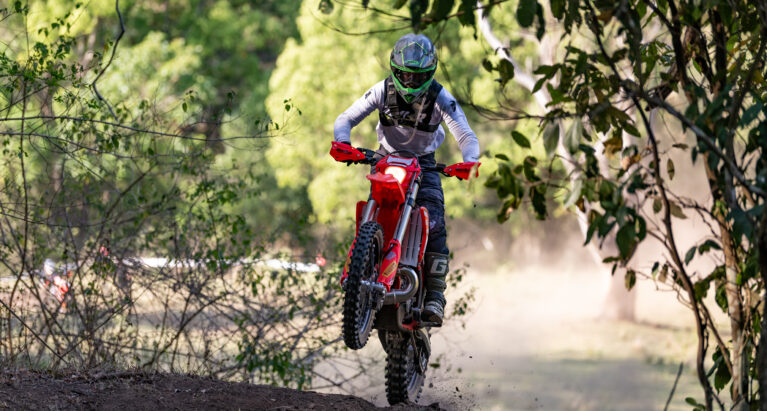
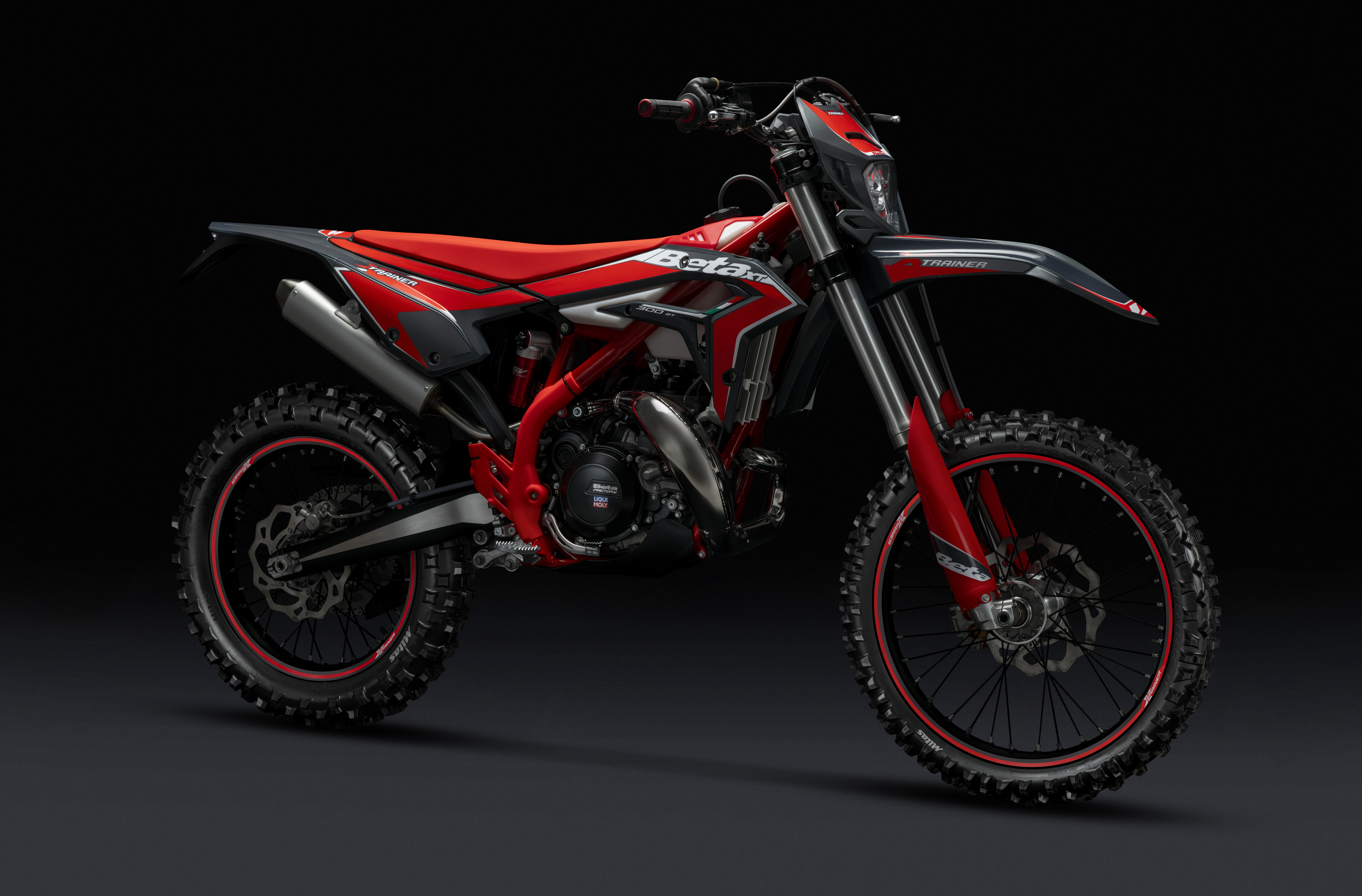
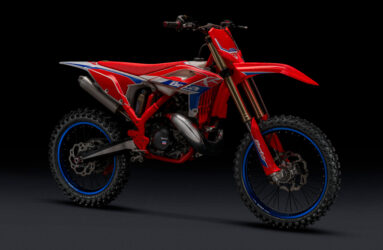

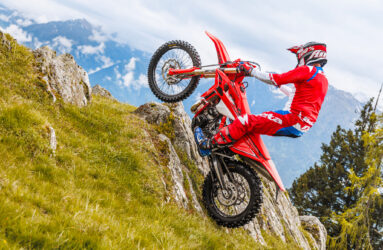
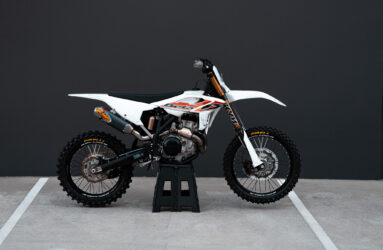
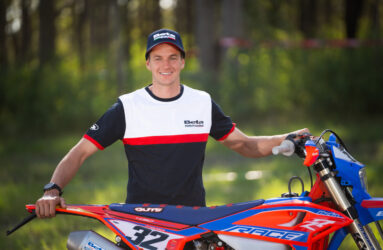
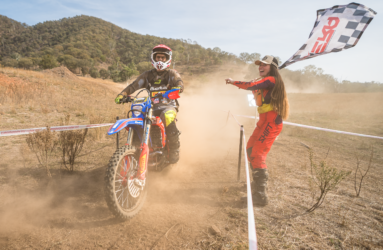
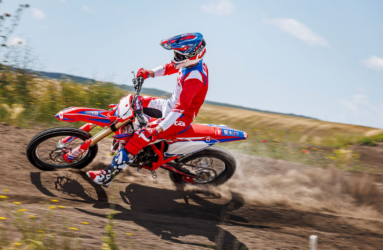
Be the first to comment...